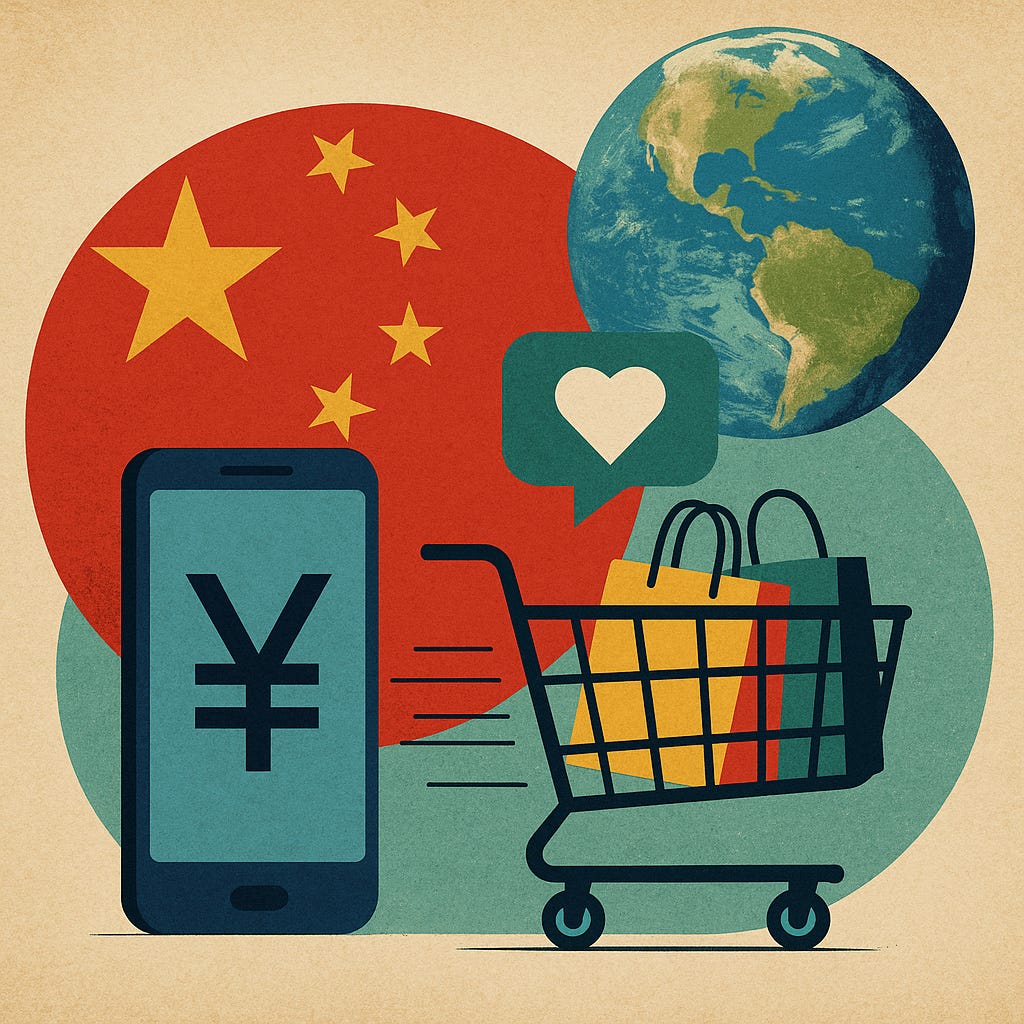China’s consumers going premium, personal
Emerging consumer trends in China reveal high-end, digital-driven growth alongside significant structural shifts.
Consumption structure shifts towards premium, functional, and sustainable choices
High certainty sectors like pet food, cosmetics, and premium alcohol thrive
Digital innovation boosts personalized marketing and operational efficiency
IP-driven collaborations elevate emotional value, capturing younger demographics
Overseas expansion becomes strategic imperative for domestic brands
China's consumer market is undergoing a profound structural transformation driven by evolving consumer preferences, demographic changes, and digitalization. Post-pandemic recovery efforts and policy interventions since late 2024 have significantly reshaped the consumption landscape according to a latest Deloitte research.
Premiumization and Emotional Appeal Fuel New Growth
China’s consumer preferences are shifting distinctly from conspicuous consumption toward quality, sustainability, and emotional resonance.
High-end, functional, and health-focused products now dominate growth, notably in premium alcohol, pet food, and cosmetics.
Premium alcohol brands like Moutai and Wuliangye thrive on brand heritage and health-conscious younger consumers. Pet food market expansion is buoyed by increasing pet ownership and demand for specialized nutrition.
Deloitte highlights that emotional value-driven consumption, particularly leveraging intellectual property (IP), is booming.
Collaborations between cultural icons and consumer brands, such as Tiffany’s Pokémon jewelry and Luckin Coffee’s line character partnerships, resonate deeply with younger consumers seeking emotional connectivity.
Digital Transformation Rewrites Consumer Engagement
Generative AI has emerged as a game-changer, enabling unprecedented personalization and efficiency.
Brands utilize AI-driven analytics for personalized marketing, dynamic pricing, and optimized supply chains. Consumer platforms report significant efficiency gains—online retail usage rates surpassed 90%, underscoring digital channels' dominance.
The acceleration of instant retail and social e-commerce further blurs the lines between online and offline experiences, forcing traditional retailers to adapt or lose ground.
Leading platforms like Alibaba, JD.com, and emerging giants like SHEIN demonstrate robust growth, driven by seamless consumer experiences powered by AI.
Overseas Markets: The New Frontier
Deloitte’s report emphasizes the strategic imperative of "going global" for Chinese consumer brands.
Domestic market saturation and intensified competition have pushed brands to explore high-growth international markets.
Companies like Haidilao in the dining sector, SHEIN in fast fashion, and Anta in sports apparel have expanded aggressively, utilizing acquisitions, joint ventures, and local partnerships to succeed abroad.
Chinese consumer brands are making waves in Southeast Asia and North America. Armed with sharp localization strategies and digital firepower, they're not just expanding—they’re staking a claim as global contenders.
Sustainable Consumption Takes Center Stage
Green consumerism has evolved from a niche preference to mainstream demand.
Consumers now prioritize sustainable products and brands that actively participate in environmental stewardship. Deloitte notes significant consumer enthusiasm for initiatives such as carbon footprint tracking, recycling programs, and sustainable product lines.
Brands responding effectively include grocery chains introducing zero-waste stores and beauty brands employing biodegradable packaging. This strategic alignment with sustainability not only enhances brand reputation but creates critical market differentiation.
Implications for Global Business
These evolving consumer trends in China are reshaping global markets profoundly.
Businesses worldwide must recognize China's elevated standards for quality, sustainability, and digital integration.
Investors and global companies need to adapt swiftly to these shifts—either through direct market entry or by aligning global strategies to meet these emerging demands.
International brands aiming at Chinese consumers must recalibrate their value propositions toward high emotional appeal, sophisticated digital engagement, and clear sustainability credentials.
Conversely, global investors should recognize and leverage opportunities arising from China's expanding overseas consumer brands.
Conclusion
China’s consumer market is evolving fast—powered by digital precision, emotional resonance, and a push for sustainability.
For global businesses and investors, the stakes are high: adapt to this shift or risk falling behind in one of the world’s most pivotal markets.

